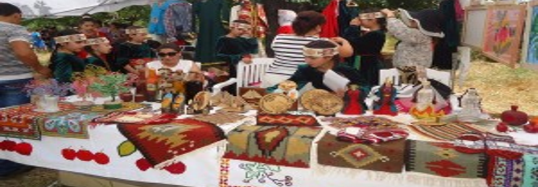
In 2015 Mulberry Festival was held in Artsakh (photos)
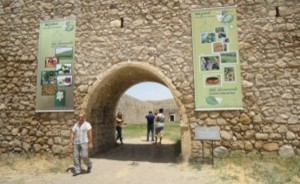
On June 27, 2015 with the initiative of department of Tourism and Historical Environment Protection adjunct to Nagorno Karabakh Republic (NKR) Government for the first time mulberry festival was held in the nearby of Amaras monastery.
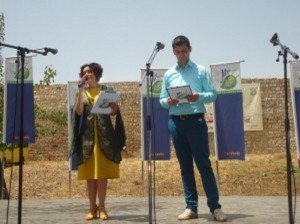
Artsakhpress reported that blessing ceremony was held in monastery. Mulberry boons such as mulberry vodka, mulberry doshab (sweet and thick juice having heeling effects), mulberry raisins and mulberry jam were represented in pavilions consisting of 7 regions of NKR.
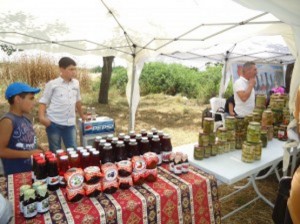
Besides, ways of traditional preparing of mulberry vodka and mulberry doshab were shown. They also showed the culture of distill of mulberry vodka. Moreover, traditional shows, the contest of mulberry jolt, hospitality and other entertainment events were organized there.
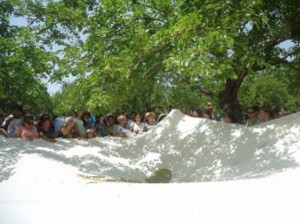
During the festival Armenian traditional and contemporary songs and music were played. Mulberry blessing ceremony was held by Pargev Archbishop Martirosyan, Artsakh Dioceses of Armenian Apostolic Church. The participants of the initiative were introduced the works of Artsakh talented painters, masters and ceramists. Moreover, during the festival silk producing and silk cultivating art were introducing, too. Bako Sahakyan, the president of NKR, Pargev Archbishop Martirosyan, Artsakh Diocese of Armenian Apostolic Church, other official figures, guests from Armenian Republic and other countries were present in mulberry festival.
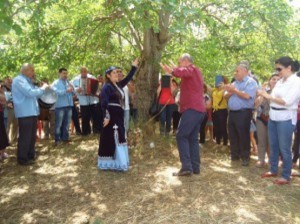
It needs to be noted that the mulberry itself and the mulberry boons have great importance for Artsakh people. This proofs the fact that there are a number of mulberry gardens throughout Artsakh. The primary purpose of mulberry festival is the promotion of the tourism development in this regional territory, as well as the increase of local production, raising awareness of Artsakh cuisine and activation of regional cultural life.
the material is taken from http://goo.gl/n7Zh2F
translated from Armenian into English by Tatev Harutyunyan









